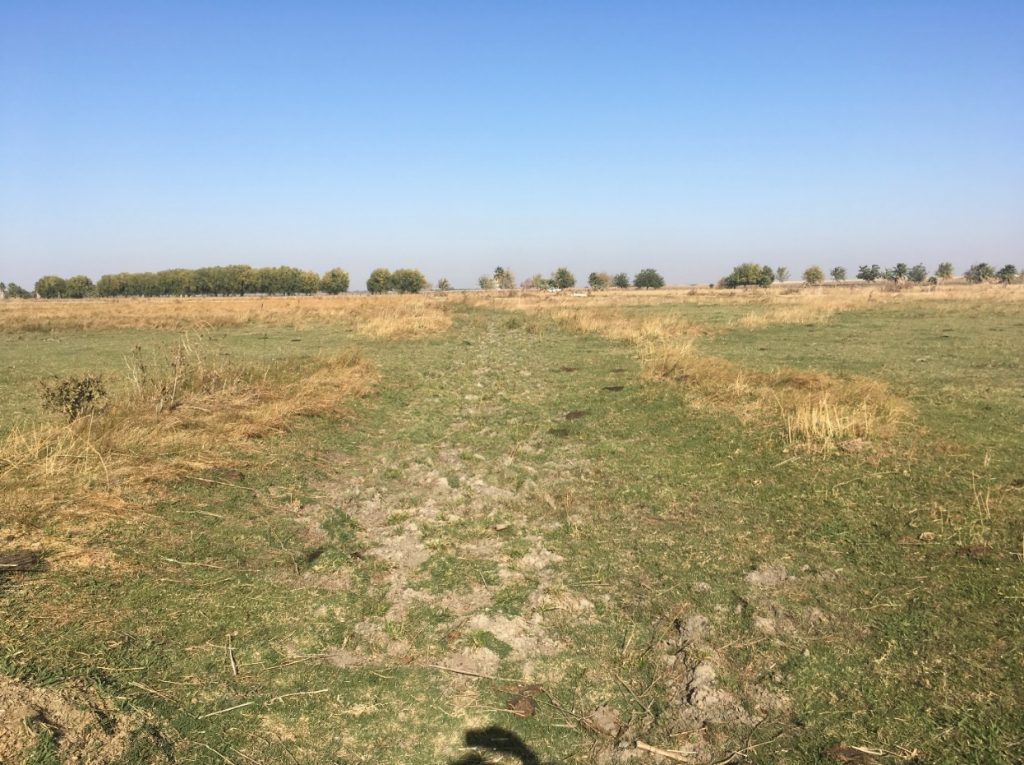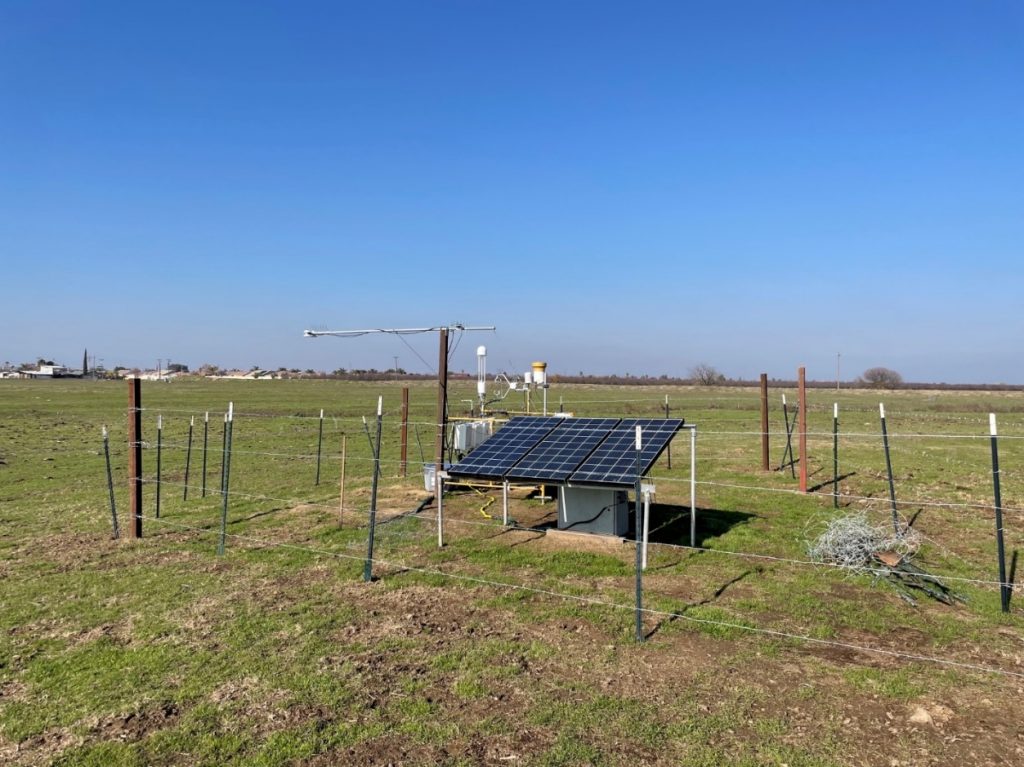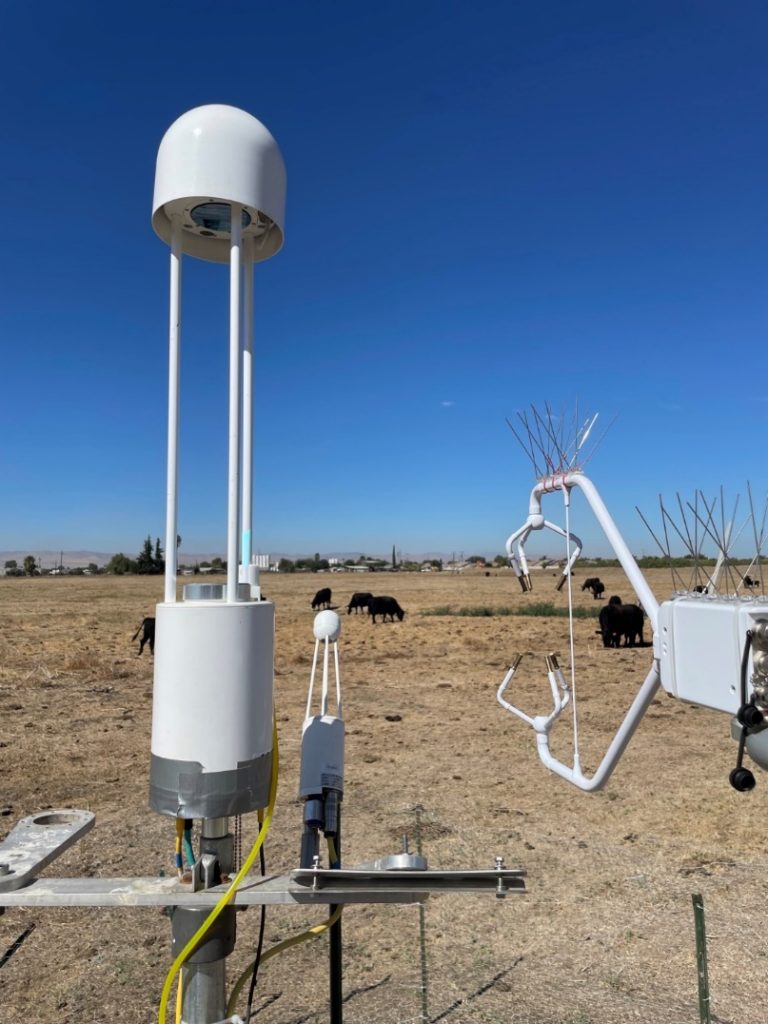Project Summary
Wetlands are important natural reservoirs for carbon, sequestering atmospheric carbon through vegetative growth and transfer to soil. Wetlands anaerobic conditions, associated with high groundwater and low oxygen, restrict carbon loss and facilitate long-term carbon storage. Therefore, wetlands are vital natural assets to mitigate the impact of climate change.
Wetland restoration as a tool to reduce greenhouse gas (GHG) emissions is becoming more frequently used in California and the overall GHG benefits is often assessed through quantification of GHG emissions. Hundreds of millions of dollars are spent on habitat restoration of this type, both from private-sector mitigation effort and from state and federally funded projects, although GHG emission dynamics of degraded grasslands and of restored seasonal wetland habitats are not well known. Furthermore, very little data are available for GHG dynamics of inland seasonal wetlands in California, or at the global scale (IPCC 2014).
The City of Newman, located on the border of Stanislaus and Merced Counties in California, is undertaking a large, multifaceted effort to create the Newman Community Conservation Area (‘NCCA’). The NCCA consists of three separate but related habitat restoration and creation projects, a multi-use trail system, and other amenities that will provide public access, nature viewing, and nature- and conservation-oriented education benefits to the community (Figure 1).
The purpose of this project is to develop and implement protocols to quantify the amount of GHGs sequestered by the habitat creation and enhancement portions of the project. The project will also provide critical data and fill the current knowledge gap of GHG dynamics for inland wetlands. Understanding the relationships between GHG fluxes, temperature, water availability, and vegetation characteristics can be used to predict responses to future changes in the climate and ecosystem response to changes in land management. Additionally, monitoring wetland CO2 fluxes will enable quantification of vegetation productivity and stress levels.
We installed an eddy covariance (EC) flux tower (US-NSW) at the currently degraded pasture near the Central Swale of the project area. At the onset of the project, manufacturing delays at LI-COR was seriously affecting the start of the project. Thanks to the AmeriFlux instrument loaner program, we were able to deploy a LI-7500 and LI-7700 IRGAs in September 2022 to quantify GHG emissions prior to wetland restoration (Figure 2 and Figure 3). The wetland construction is scheduled for March 2023, and it will be accomplished by re-contouring the landscape to re-establish the natural hydrologic regime and replacing non-native annual grasses with native plant species and a small number of trees. An inland seasonal wetland will replace the currently degraded pasture, and the EC flux tower will be situated on the edge of the seasonal wetland. The water depth within the restored wetland will be controlled by inflow and outflow to and from the nearby Miller Ditch. Except for the lowest-elevation areas of the seasonal wetland, which will experience yearlong extended flooding, most of the seasonal wetland will experience long and short inundation periods. Lower elevation part of the seasonal wetland will have a 55-day inundation period starting on December 15 2022, when the Miller Ditch waterman valve will be partially closed and the water level will rise in the central swale, and ending on February 15 2023, when the valve will open to bypass the wetland. The seasonal wetland areas with higher elevations will experience approximately 25 days of inundation when water levels in the swale approach maximums. Because of the importance of inundation on GHG emissions and removals, multiple staff gages will be used to determine water levels throughout the project area.
We will assess rates of GHG emissions or sequestrations of both degraded pastures (prior implementation) and restored wetland areas (post-implementation) to quantify the GHG emissions reductions associated with restoring degraded pastures. Overall, key objectives of this project are to restore degraded pastureland to perennial marsh and seasonal wetlands, and to provide essential information about GHG dynamics of seasonal wetlands.
Contact
Liyi Xu
HydroFocus, Inc.
liyi@hydrofocus.com
Nicholas Christen
HydroFocus, Inc.
nchristen@hydrofocus.com
Funding
The planning and implementation for the project is being funded from California Department of Fish and Wildlife, Greenhouse Gas Reduction Fund (GGRF) Q1996046 and Wildlife Conservation Board, Climate Adaptation and Resiliency Program WC-2103KM.




No Comments
Be the first to start a conversation